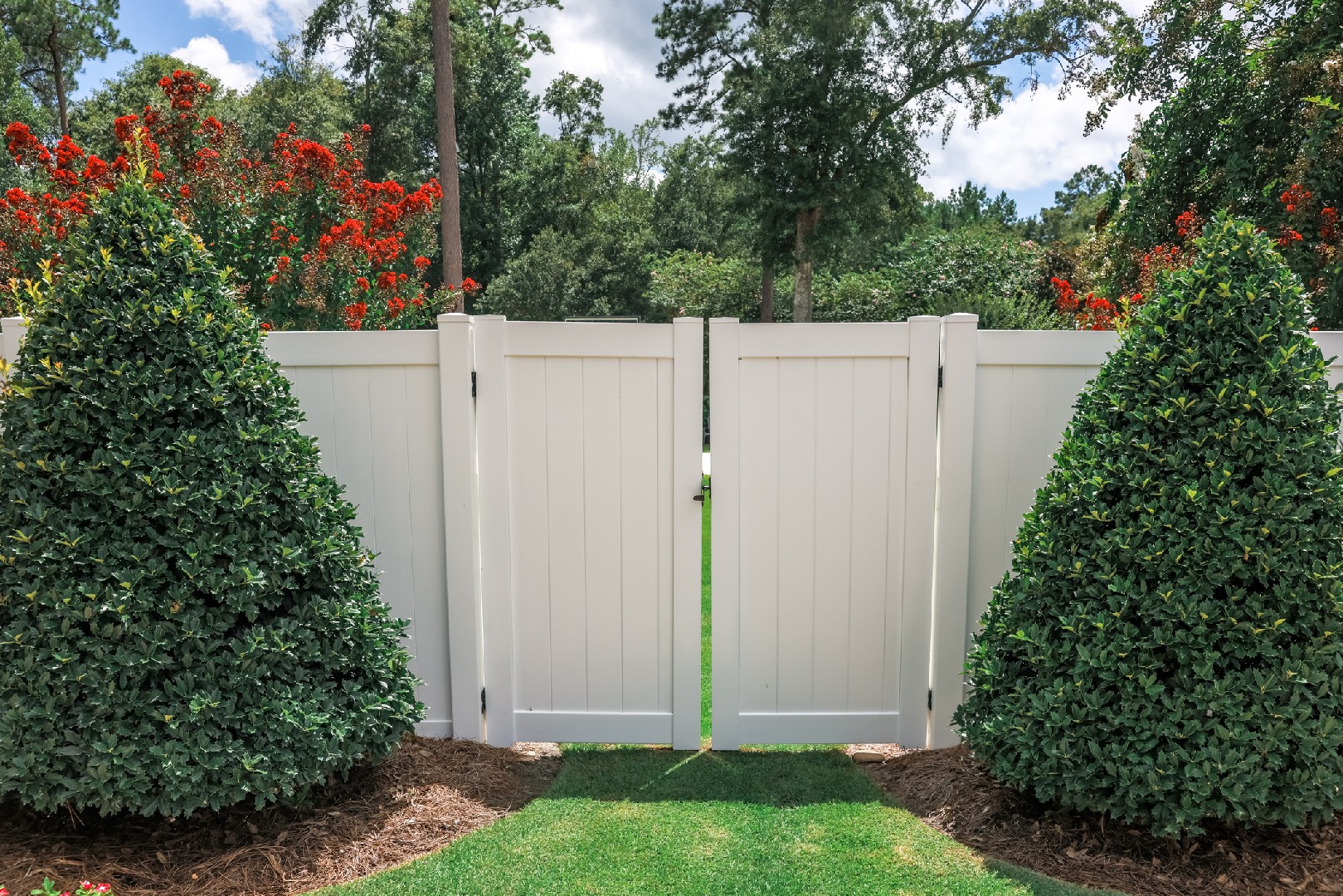![Rectangle]()
Choosing Your Fence: Material Matters
When it comes to defining your garden boundaries, choosing the right fence material is crucial. Not only does it play a significant role in the overall aesthetics of your outdoor space, but it also determines the durability and maintenance needs of your fence. In this section, we will explore the various fencing materials available and their respective pros and cons, as well as how to match these materials with your garden design for visual harmony.
One of the most popular fencing materials is wood. Wood fences offer a natural and timeless look that complements a wide range of garden styles. Depending on the type of wood used, such as cedar or redwood, wood fences can last for many years with proper maintenance. However, they may require periodic sealing or staining to protect them from weather damage.
Another common option is vinyl fencing. Vinyl fences are known for their durability and low maintenance requirements. They are resistant to rot, corrosion, and fading, making them an excellent choice for gardens located in areas with harsh weather conditions. Additionally, vinyl fences are available in a wide variety of styles and colors, allowing you to find the perfect match for your garden theme.
Metal fences, such as wrought iron or aluminum, are renowned for their strength and longevity. These fences are not only sturdy but also offer an elegant and sophisticated look to any garden. While wrought iron fences require more maintenance, including regular painting or rust prevention, aluminum fences are virtually maintenance-free.
When selecting the right material for your garden fence, it's essential to consider the overall design and style of your outdoor space. For a traditional or rustic garden, wood fences with decorative posts and lattice panels are an excellent choice. On the other hand, if you have a modern or minimalist garden, sleek and clean lines of a metal fence might be more suitable. By harmonizing the fence material with your garden design, you can create a cohesive and visually pleasing outdoor environment.
Finally, it's important to consider the life expectancy and maintenance needs of different fencing materials. While wood fences may require more care, they can provide a natural and warm ambiance to your garden. Vinyl and metal fences, on the other hand, require less maintenance but still offer a durable and stylish solution.
Choosing the right fence material is a decision that will impact the appearance, functionality, and maintenance of your garden space. By understanding the pros and cons of different materials and considering your garden design, you can make an informed choice that enhances the beauty of your outdoor surroundings.





